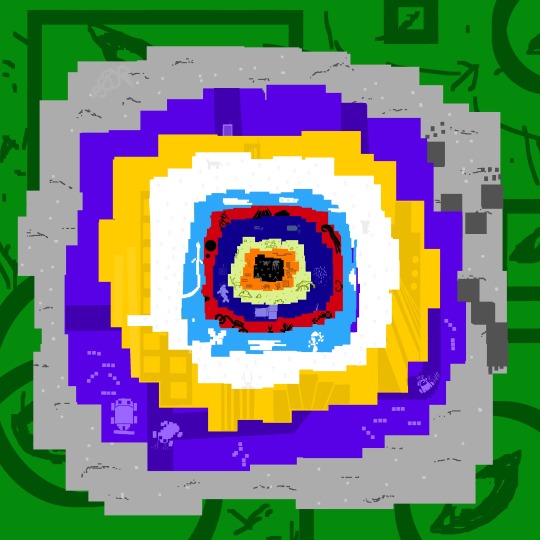#gigapixel art
Photo
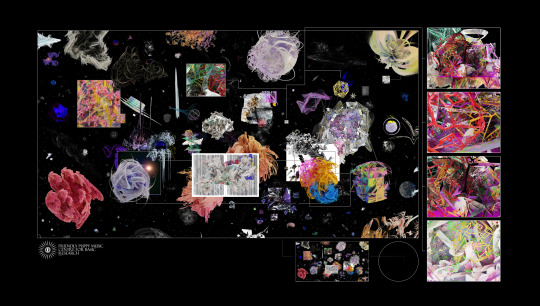
Moderately Notable Area - Explore the entire 8.8 gigapixel image here.
“The night sky is one of the oldest existential quandaries, and some of the oldest known artworks are reimagionations of constellations. When we look at the stars, we wonder how we got here, why we got here, and how long we’ll be here. It is safe to say that throughout the entire run of our species, we will never know the answers to these questions. However, we do control the answer to another pressing existential question: what will we do with our time while we are alive? Moderately Notable Area encourages one to look to the stars and one’s neighbors, and realize that the only way to live in a better world requires one to imagine something seemingly impossible and commit to its creation. Whether it be recreating an image of the universe out of abstract shapes or lobbying to change one’s city’s archaic zoning laws, the future is in the hands of all those alive right now. Believe in radical hope!”
23 notes
·
View notes
Text

"Witch and Skulls"
Not your typical witch holding a pair of skulls… perhaps old friends?
https://www.deviantart.com/pbwells/art/Witch-and-Skulls-1027800277
#pbwells#art#characterart#conceptart#digitalart#fantasy#fantasyart#horror#horrorart#portrait#portraitart#deviantart#MageSpace#StableDiffusion#PaintShop#PoserPro#Topazlabs#Gigapixel
42 notes
·
View notes
Note
How do you feel about ethical AI generation? (e.g. where all data is properly licensed and sourced)
I don't think that's possible. It's literally a pandora's box technology.
Public tools (GigaPixel, etc.) might lean towards more ethical and more legal eventually, but there will always be instances where somebody downloads the source, rolls their own version of the generator software, and feeds it copyrighted and illegal data anyway.
This virus is here to stay. Even if it somehow becomes fully and truly outlawed, it will still continue to exist in the underground.
And imagine something like... okay so, one thing I've thought about personally is that
I'm pretty good at spotting when something is AI generated
I know my way around an image editing program pretty well
So think of a person who generates AI images and knows enough to go in and re-paint just the parts that look a little strange. They fix the weird looking irises, add or remove the wrong number of fingers, take the garbled text and make it legible...
It's still an image made with stolen data, but now it's a lot harder to tell it's AI generated, right? How many of those are out there right now?
I don't think we can escape this. But just because we cannot escape it doesn't mean we should give in and embrace the trash, either. Always uplift real art by real artists. It's more important now than ever, and will only grow more important as time goes on.
5 notes
·
View notes
Text
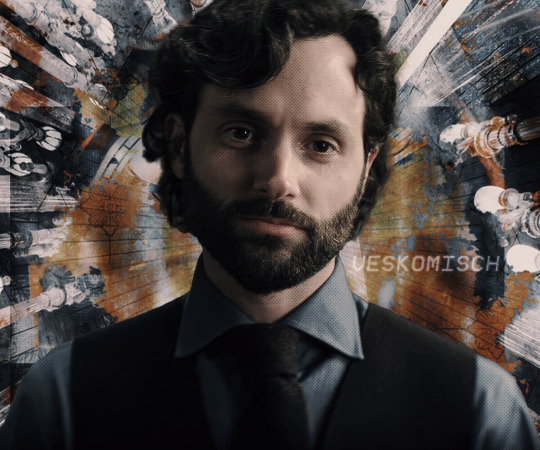
Here's an edit of Penn Badgley from season 4 of "You" on Netflix.
Credits and other info under the cut.
Go to my DeviantArt post for all the resources used to make this edit.
This is free to use, I don't need a linked credit but don't take my name off of the image.
#blue#orange#blue and orange#aesthetic#guy#man#penn badgley#joe goldberg#graphic#masculine#photoshop#roleplay edit#edits#graphic design#graphic art#gigapixel#practice#character edit#my edit#my art#ves#ves komisch#veskomisch#VKomischEdits
3 notes
·
View notes
Text
#ai artwork#ai art#ai video#animation#3d animation#2d animation#infinite loop#aianimation#stable diffusion#gigapixel#stable diffusion video
7 notes
·
View notes
Text
Beth's pins up close in 717-gigapixel

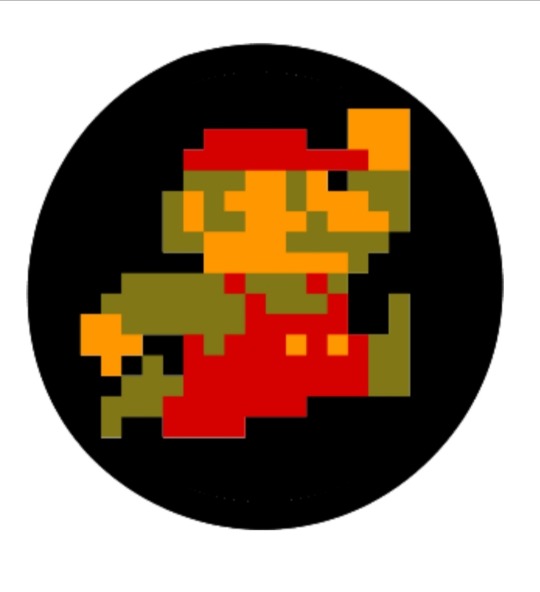
#okay maybe not in 717-gigapixel but at least over 480p at least-#E#1980s pins#beth nefario#berryline#oc#my oc#digital art#my art#despicable me oc#despicable me#minions the rise of gru oc#minions the rise of gru#minions rise of gru#minions rise of gru oc#minions 2#minions 2 oc#art
2 notes
·
View notes
Text

Midjourney : watercolour painting of a ruined Australian farmhouse --v 3 --ar 3:2
Midjourney version 3 can work to create interesting images especially if upscale with a a seperate upscale program like Topaz Labs Gigapixel
0 notes
Text

Cavest Paintingest
Secrets of the gigapixel
0 notes
Text
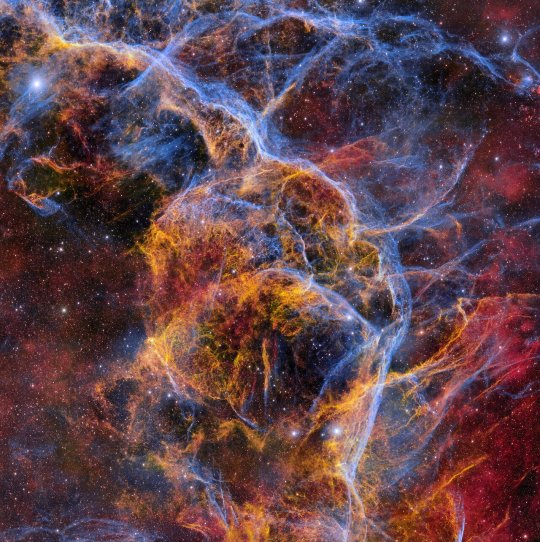
Dark Energy Camera captures remains of a massive star that exploded nearly 11,000 years ago in huge gigapixel image
This colorful web of wispy gas filaments is the Vela Supernova Remnant, an expanding nebula of cosmic debris left over from a massive star that exploded about 11,000 years ago. Located around 800 light-years away in the constellation Vela (the Sails), this nebula is one of the nearest supernova remnants to Earth. Though the unnamed star ended its life thousands of years ago, the shockwave its death produced is still propagating into the interstellar medium, carrying glowing tendrils of gas with it.
This image is one of the biggest ever made of this object and was taken with the state-of-the-art wide-field Dark Energy Camera (DECam), built by the Department of Energy and mounted on the US National Science Foundation's Víctor M. Blanco 4-meter Telescope at Cerro Tololo Inter-American Observatory in Chile, a Program of NSF's NOIRLab.
The striking reds, yellows, and blues in this image were achieved through the use of three DECam filters that each collect a specific color of light. Separate images were taken in each filter and then stacked on top of each other to produce this high-resolution color image that showcases the intricate web-like filaments snaking throughout the expanding cloud of gas. This is also the largest DECam image ever released publicly, containing an astounding 1.3 gigapixels.
The Vela Supernova Remnant is merely the ghost of a massive star that once was. When the star exploded 11,000 years ago, its outer layers were violently stripped away and flung into the surrounding region, driving the shockwave that is still visible today. As the shockwave expands into the surrounding region, the hot, energized gas flies away from the point of detonation, compressing and interacting with the interstellar medium to produce the stringy blue and yellow filaments seen in the image.
The Vela Supernova Remnant is a gigantic structure, spanning almost 100 light-years and extending to twenty times the diameter of the full moon in the night sky.
Despite the dramatics of the star's final moments, it wasn't entirely wiped from existence. After shedding its outer layers, the core of the star collapsed into a neutron star—an ultra-dense ball consisting of protons and electrons that have been smashed together to form neutrons. The neutron star, named the Vela Pulsar, is now an ultra-condensed object with the mass of a star like the sun contained in a sphere just a few kilometers across.
Located in the lower left region of this image, the Vela Pulsar is a relatively dim star that is indistinguishable from its thousands of celestial neighbors. Still reeling from its explosive death, the Vela Pulsar spins rapidly on its own axis and possesses a powerful magnetic field. These properties result in twin beams of radiation that sweep the sky 11 times per second, just like the consistent blips of a rotating lighthouse bulb.
This high-quality image demonstrates the incredibly deep and wide capabilities of DECam. From its vantage point in the Chilean Andes, the Blanco telescope receives light that has traveled across the universe. After entering the telescope's tube, the light is reflected by a mirror 4 meters (13 feet) wide—a massive, aluminum-coated, and precisely shaped piece of glass roughly the weight of a semi-truck.
The light is then guided into the optical innards of DECam, passing through a corrective lens nearly a meter (3.3 feet) across before falling on a grid of 62 charge-coupled devices (CCDs), which act like the 'eyes' of the camera. The incoming light is then converted into electrical signals, which are read out as pixels.
A single image taken with DECam has 570 megapixels, so with multiple exposures stacked on top of one another, the amount of detail that can be captured is truly remarkable. Owing to DECam's large mosaic of CCDs, astronomers are able to create mesmerizing images of faint astronomical objects, such as the Vela Supernova Remnant, that offer a limitless starscape to explore.
IMAGE....With the powerful, 570-megapixel Department of Energy-fabricated Dark Energy Camera (DECam), astronomers have constructed a massive 1.3-gigapixel image showcasing the central part of the Vela Supernova Remnant, the cosmic corpse of a gigantic star that exploded as a supernova. DECam is one of the highest-performing wide-field imaging instruments in the world and is mounted on the US National Science Foundation's Víctor M. Blanco 4-meter Telescope at Cerro Tololo Inter-American Observatory, a Program of NSF’s NOIRLab. Credit: Inter-American Observatory
4 notes
·
View notes
Text
Perfect Digital Art Strategy for 2024 and Beyond: Embracing AI and Pushing Boundaries
The digital art landscape is poised for an even more explosive evolution in 2024 and beyond. To navigate this exciting world and carve your own niche, here's a blueprint for a perfect digital art strategy:
1. Embrace AI as a Collaborative Force:
AI Art Tools: Don't fear AI, embrace it as a collaborator. Experiment with tools like Midjourney, Dall-E 2, Artbreeder, NightCafe Creator to generate initial concepts, explore new styles, and break creative block.
Refine the Output: Use your artistic skills to guide and refine the AI's suggestions, adding your unique touch and vision to create truly original artwork.
Human-AI Fusion: Blend traditional techniques like painting or 3D modeling with AI-generated elements to create hybrid masterpieces that transcend limitations.
2. Push the Boundaries of Creativity:
Explore Emerging Technologies: Dive into cutting-edge avenues like VR/AR painting, interactive installations, and generative NFT art to stay ahead of the curve.
Experiment and Diversify: Don't stick to one style. Keep experimenting with different mediums, techniques, and genres to unlock your artistic potential and surprise your audience.
Challenge Conventions: Use your art to provoke thought, question norms, and inspire conversation on social and environmental issues.
3. Build a Strong Online Presence:
Showcase Your Work: Utilize platforms like ArtStation, Instagram, Behance, and NFT marketplaces to reach a wider audience and connect with collectors.
Engage with the Community: Actively participate in online forums, discussions, and events to network with other artists, learn from each other, and build a loyal following.
Leverage Social Media Tools: Utilize social media analytics and marketing strategies to promote your work effectively and reach your target audience.
4. Monetize Your Passion:
Explore NFT Opportunities: Explore the vibrant world of NFTs to sell your digital artwork and create new income streams.
Offer Commissions and Collaborations: Partner with brands, influencers, or other artists for commissioned work and creative collaborations.
Create Online Courses and Tutorials: Share your knowledge and expertise by teaching online courses or workshops on digital art and AI tools.
AI Tools Recommendations (ideas):
Concept Generation: Midjourney, Dall-E 2, Dream by WOMBO, NightCafe Creator.
Image Editing and Upscaling: Photoshop, Gigapixel AI, Topaz Labs tools.
3D Modeling and Animation: Blender, Maya, Cinema 4D, Adobe Substance 3D Painter.
VR/AR Creation: Tilt Brush, Quill VR, Gravity Sketch.
Interactive Art and Generative NFTs: Art Blocks, fxhash, Crypto.Art, Async Art.
Remember: This is just a framework, adapt it to your unique artistic vision and goals.
The key is to embrace innovation, push boundaries, and stay constantly curious. Your art, infused with your own voice and fueled by AI's potential, will shine in the vibrant future of digital art.
PREDRAG PETROVIC DIGITAL ART STRATEGIST

#digitalart#digitalstrategy#digitalstrategy2024#digitalartstrategy#digitalartstrategist#aiart#aiartstrategy#aiart2024
2 notes
·
View notes
Text
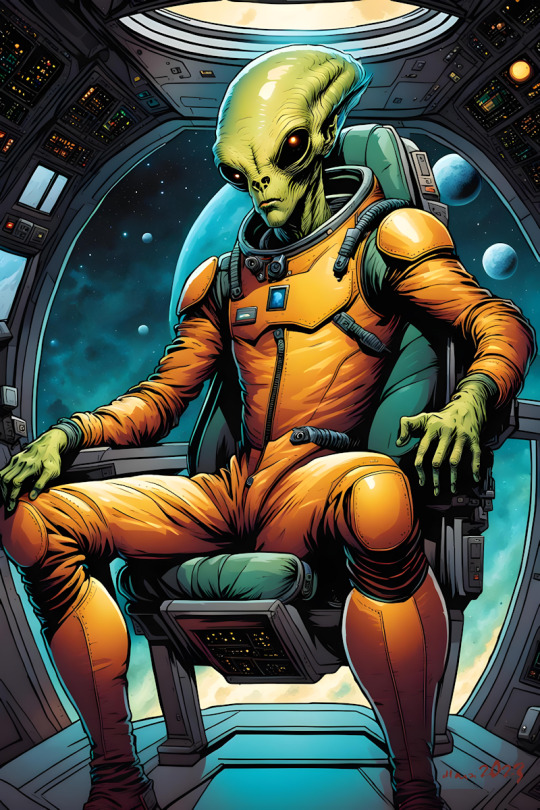
"Explorer, Immigrant, Tourist or Conqueror?"
#pbwells#art#comicart#conceptart#deviantart#digitalart#generativeart#MageSpace#StableDiffusion#Painter#PaintShop#ParticleShop#PoserPro#scifiart#sciencefiction#sciencefictionart#Topazlabs#Gigapixel#UnrealEngine5#Vue
80 notes
·
View notes
Text
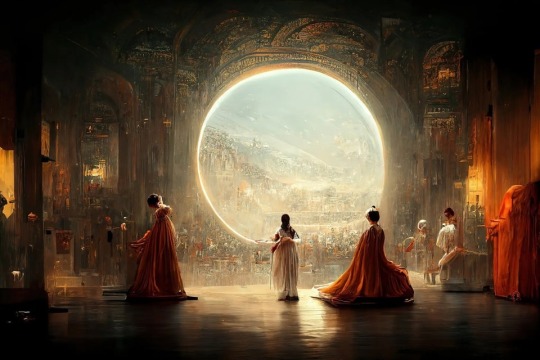
AN AWARD-WINNING PIECE of AI art cannot be copyrighted, the US Copyright Office has ruled. The artwork, Théâtre D’opéra Spatial, was created by Matthew Allen and came first in last year's Colorado State Fair. Since then, the piece has been embroiled in a precedent-affirming copyright dispute. Now, the government agency has issued its third and final decision: Allen’s work is not eligible for copyright.
He sent a written explanation to the Copyright Office detailing how much he’d done to manipulate what Midjourney conjured, as well as how much he fiddled with the raw image, using Adobe Photoshop to fix flaws and Gigapixel AI to increase the size and resolution.
source: https://www.wired.com/story/ai-art-copyright-matthew-allen/
-
It’s a small win, but it helps. This is also the only time I’ll be posting or re logging AI “art” knowingly.
4 notes
·
View notes
Photo

“Those Hellish Eyes” - Digital Photo - ©2022
This is pretty much a straight photo. Only editing after the fact was to crop and give the hellish flaming colors. Original image had almost no color, practically B&W, so it was easy to re-color it.
I took this photo in my bathtub.
#art#digital photography#not ai generated#abstract photography#Affinity Photo#topaz gigapixel#nikon d800#abstract art#dark#horror#eldritch#weird#flames#satan#hell#water
17 notes
·
View notes
Text

realistic 19th century candlelit jupiter as an art nouveau thorny western electric blowfish-bathysphere, detailed realistic nasa gigapixel hasselblad photography realistic thorny wide-screen f0.7 lens cinematography --ar 3:2
Winter.of.Discontext
midjourney
7 notes
·
View notes
Text
Topaz Labs Review: A Deep Dive into Revolutionary Photo Editing Magic
Embark on a journey into the realm of Topaz Labs, the Dallas-based powerhouse revolutionizing the world of photo editing with its AI-driven toolset. This guide is a treasure trove of insights into the capabilities of Topaz Labs' software suite, designed to transform both professional photographers and enthusiastic amateurs alike with groundbreaking image editing possibilities. Get ready to unravel the mysteries of a suite that’s redefining the art of photography!
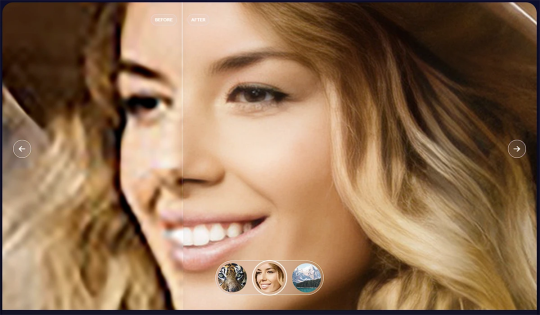
As we delve into the heart of Topaz Labs, we uncover an arsenal of tools like Sharpen AI, Gigapixel AI, DeNoise AI, Mask AI, Adjust AI, JPEG to RAW, and Video Enhance AI. Each tool is a marvel in its own right, boasting functionalities like crystal-clear sharpness enhancement, noise reduction wizardry, and mind-blowing resolution enlargement – all underpinned by the raw power of AI and machine learning. This is where technology meets creativity, simplifying the editing labyrinth while delivering awe-inspiring results.
View the full Topaz Labs Guide and purchasing options.

For the photographer seeking perfection or the amateur chasing a dream, Topaz Labs is your digital alchemist. We're about to deep-dive into each tool, unraveling their capabilities, advantages, and limitations, arming you with the knowledge to wield the Topaz Labs suite like a master.
Introducing Topaz Labs: Where Technology Meets Art
Nestled in the heart of Dallas, Texas, Topaz Labs is not just a company; it's a beacon of innovation in photo editing software. Boasting a million-strong customer base, it's the chosen ally of giants like Apple, Netflix, and even space explorers like NASA. With Topaz Labs, you gain access to a suite of AI-powered photo editing tools that cater to a plethora of needs: from sharpening the blur to noise eradication, from scaling up to creating seamless masks, and beyond.

Let’s spotlight some Topaz Labs features:
Sharpen AI: Unleash the power of AI to transform your photos into sharp, striking masterpieces with just a few clicks.
Gigapixel AI: Step into the future of image scaling; enlarge your photos while defying pixelation and preserving incredible detail.
DeNoise AI: Master the challenge of low light with DeNoise AI, reducing noise without losing those precious details.
Mask AI: Enter the world of effortless mask creation, where complex selections become a walk in the park.
Adjust AI: Elevate your images with Adjust AI, infusing them with vibrant colors, stunning contrast, and mesmerizing details.
At Topaz Labs, we’re not just offering tools; we’re crafting experiences. Whether you’re starting out or scaling the heights of professionalism, our AI-powered solutions are your companions in the quest for photographic excellence. Let the magic of Topaz Labs ignite your creative spirit and redefine what you thought was possible in photography!
View the full Topaz Labs Guide and purchasing options.
0 notes
